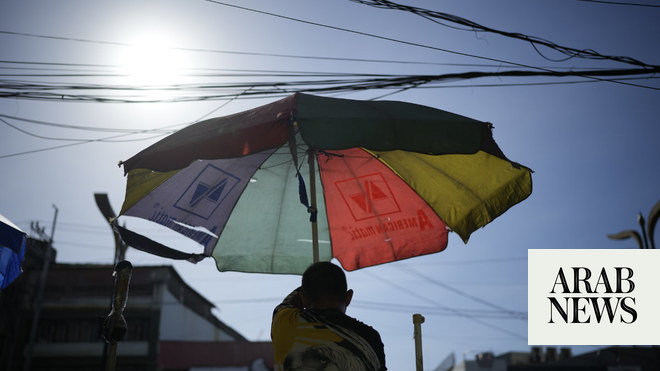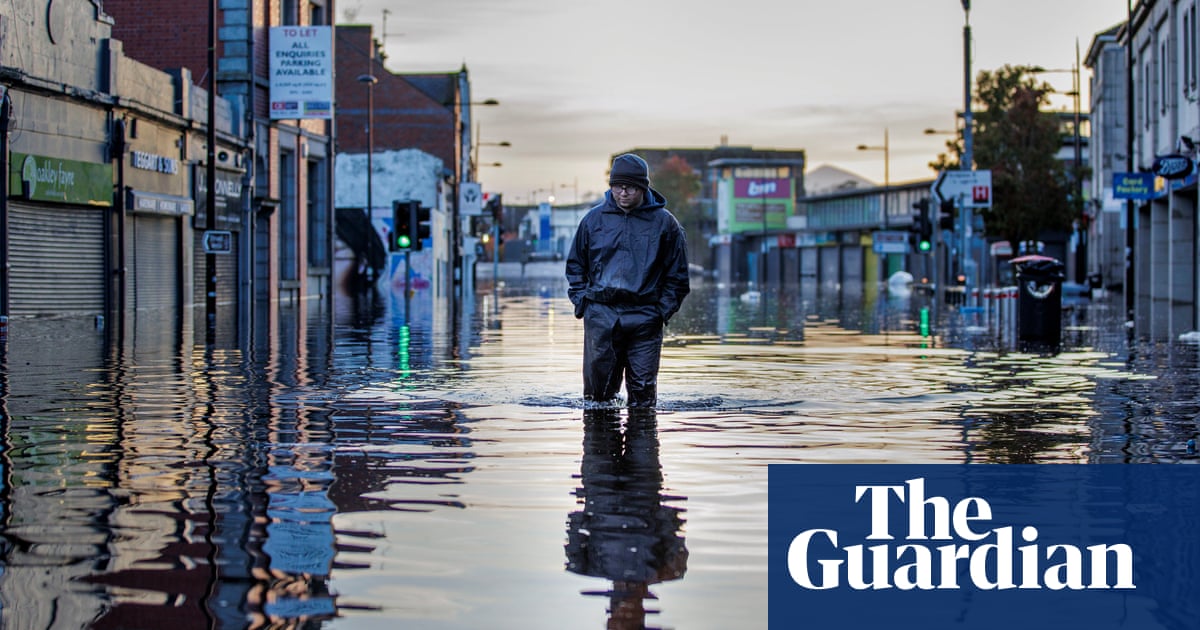
The deadly heat in central South America over the past two months was made 100 times more likely by human emissions that disrupted the climate, scientists have shown.
Temperatures have exceeded 40C in late winter and early spring in the southern hemisphere, affecting millions and leading to heat-related deaths.
This year’s El Niño has been partly to blame, but a rapid study by researchers at World Weather Attribution revealed the human-made climate crisis was by far the main cause of the unseasonable warmth.
The study examined the 10 consecutive hottest days in August and September over a region encompassing Paraguay, central Brazil and parts of Bolivia and Argentina, where heatwave warnings were issued.
Using a statistical analysis of historical trends, on-the-ground data and computer models, it found temperatures in this period were elevated by between 1.4C and 4.3C as a result of human heating of the climate.
In the past, such temperatures would have been almost impossible, but they are predicted to occur every 30 years. If global heating rises to 2C above pre-industrial levels, similar heatwaves will be expected every five or six years. The world has now heated by about 1.2C.
Lincoln Muniz Alves, a researcher at the Brazil National Institute for Space Research, said the main message was that human rather than natural factors were behind the extremes. “We want to be clear: a developing El Niño would have contributed some heat, but without climate change, spring heat this intense would have been extremely unlikely,” he said.
Millions of people have been affected as Brazil, Bolivia, Argentina and Paraguay have sweltered in spring temperatures where national maximums have risen above 40C. The impact is still being measured. Four heat-related deaths were reported in São Paulo, which registered 37C, according to the scientists, though they say the true toll will probably not be known for several months.
This followed a warm winter in many parts of South America. In Argentina, the weather bureau described the situation as “off-the-scale” after the hottest start to August in 117 years.
Outside the area of the study, meteorologists have expressed horror at the brutal extremes that have continued until today in some places.
To the west in the high Andes mountains of Chile, monitoring stations measured heat of 37C in August, melting the snow below 3,000 metres (9,840ft), which has a knock-on effect for downstream valley residents who depend on meltwater during the summer.
To the north, many areas of the Amazon rainforest are suffering a harder dry season than usual. At least 139 endangered river dolphins have died at Lake Tefé, which resembles a hot bath after a protracted drought dried up most of the water. The human signal in this case is less clear.
The new study follows similar attribution reports on the summer heatwaves in the northern hemisphere, fires in Canada and floods in Libya. All showed a strong human fingerprint.
The team of researchers urged policymakers across the world to strengthen social resilience to the heat, but they said the most important countermeasure was to address the root cause of human greenhouse gases.
“We’re now experiencing more and more dangerously hot days each year,” said Izidine Pinto, a researcher at the Royal Netherlands Meteorological Institute. “Unless we take ambitious action to rapidly reduce greenhouse gas emissions, springtime heat will only become more intense, affecting vulnerable people and disrupting ecosystems that are vital for regulating our climate.”












